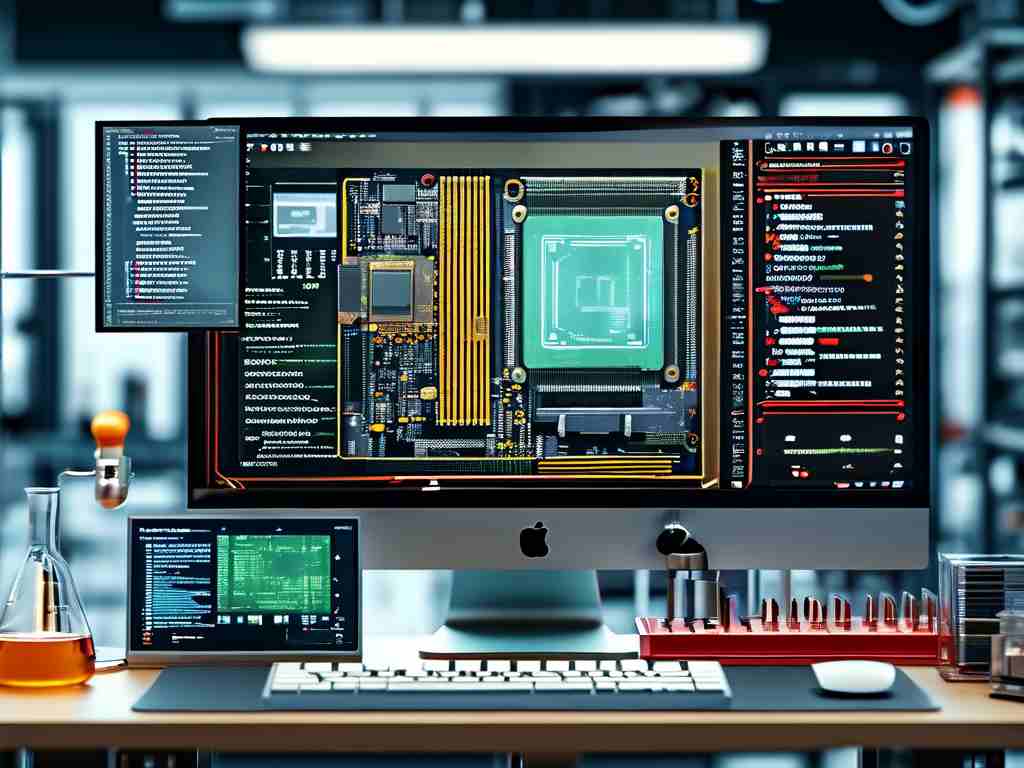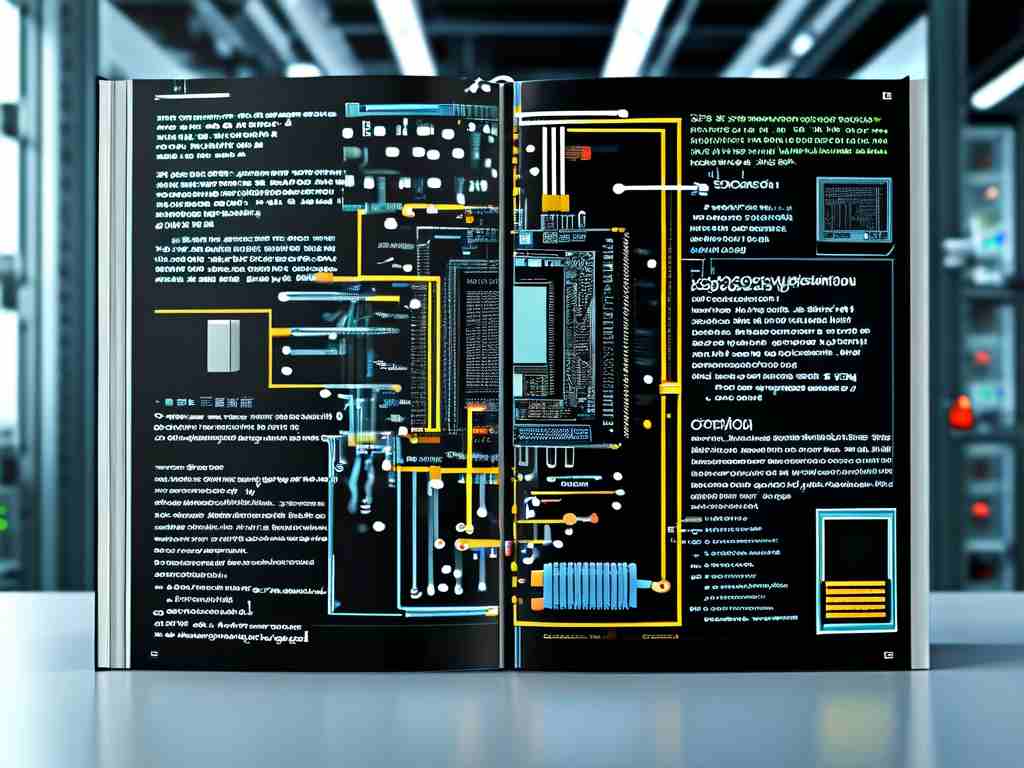Embedded systems development has become a cornerstone of modern technology, and HiSilicon’s platforms stand at the forefront of innovation. For developers diving into this field, understanding the fundamentals of HiSilicon embedded development is essential. This guide provides actionable insights and practical steps to help beginners navigate the complexities of working with HiSilicon chipsets.

Understanding the HiSilicon Ecosystem
HiSilicon, a subsidiary of Huawei, designs system-on-chip (SoC) solutions for applications ranging from IoT devices to advanced AI-driven systems. Their processors, such as the Hi35xx and Hi38xx series, are widely used in surveillance, networking, and multimedia products. To start developing for these platforms, developers need a solid grasp of the hardware architecture, toolchains, and software frameworks.
Setting Up the Development Environment
A critical first step is configuring the development environment. HiSilicon’s SDKs (Software Development Kits) are tailored for specific chip families. For example, the Hi3516DV300 SDK includes cross-compilation tools, kernel sources, and sample applications. Developers typically work on Linux-based systems, as most toolchains are optimized for Ubuntu or CentOS.
To set up the environment:
- Download the SDK corresponding to your target hardware.
- Extract the package and install dependencies like
libssl-devandbuild-essential. - Configure environment variables using commands like:
export PATH=$PATH:/opt/hisi-linux/x86-arm/arm-himix200-linux/bin
- Compile a sample application to test the setup.
Writing and Deploying Code
HiSilicon platforms often run lightweight operating systems such as LiteOS or customized Linux kernels. Developers write code in C/C++ and leverage libraries like OpenCV for vision-based projects. Below is a simple GPIO control snippet for a Hi3516 board:
#include "hi_gpio.h"
int main() {
hi_gpio_set_dir(5, HI_GPIO_DIR_OUT); // Set GPIO5 as output
hi_gpio_write(5, HI_GPIO_VALUE_HIGH); // Set GPIO5 to HIGH
return 0;
}
This code initializes a GPIO pin, a common task in embedded systems. Cross-compile it using the HiSilicon toolchain and deploy the binary to the target device via scp or TFTP.
Debugging and Optimization
Debugging embedded systems requires tools like gdb-server for remote debugging and logic analyzers for hardware signal inspection. HiSilicon’s SDK includes profiling utilities to monitor CPU and memory usage. For example, top and free commands on the device provide real-time resource data.
Optimization often involves reducing latency or power consumption. Techniques include:
- Using hardware accelerators for video encoding/decoding.
- Minimizing context switches in multi-threaded applications.
- Enabling compiler optimizations (
-O2or-Osflags).
Common Challenges and Solutions
Newcomers frequently encounter issues like toolchain mismatches or kernel panics. A typical error—undefined reference to 'hi_gpio_init'—indicates missing library linkages. Ensure the Makefile includes -lhi_gpio during compilation.
Another challenge is hardware compatibility. Always verify peripheral interfaces (e.g., I2C, SPI) against the chip’s datasheet. For instance, the Hi3516’s I2C0 pins might be multiplexed with other functions, requiring proper device tree configuration.
Leveraging Community Resources
The HiSilicon developer community is active on forums like GitHub and Huawei’s official support portal. Open-source projects, such as OpenIPC, offer prebuilt firmware and scripts for common use cases. Engaging with these resources accelerates troubleshooting and keeps developers updated on SDK releases.
Mastering HiSilicon embedded development demands patience and hands-on experimentation. By methodically setting up environments, writing modular code, and leveraging debugging tools, developers can unlock the full potential of these powerful platforms. Whether building smart cameras or edge AI devices, HiSilicon’s ecosystem offers the flexibility and performance needed for cutting-edge solutions.









